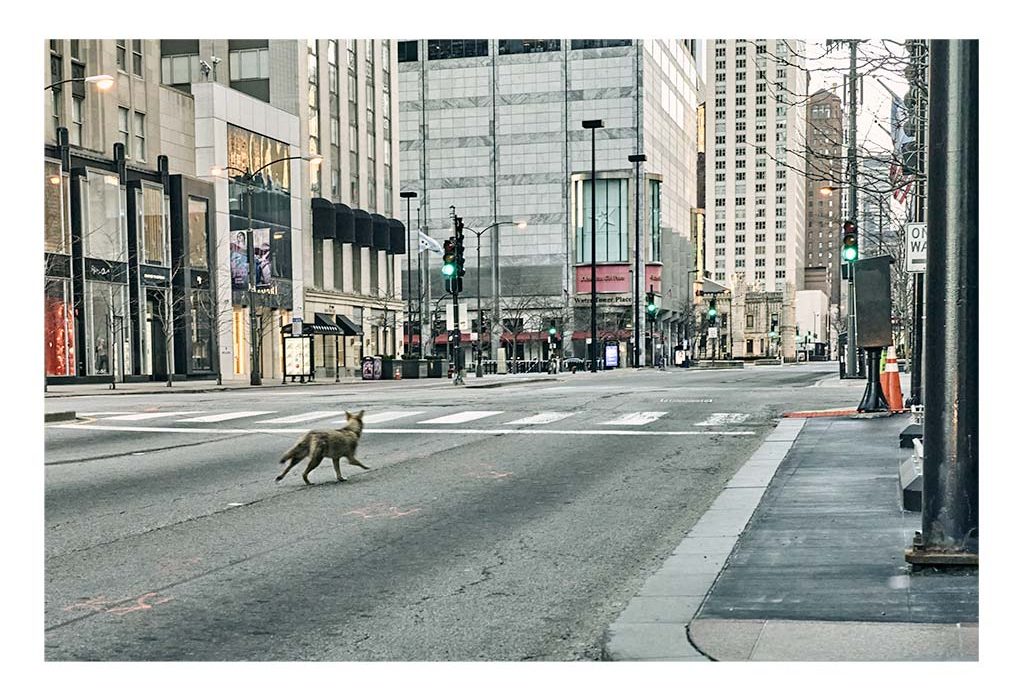Beavers - Castor canadensis
Beavers (Castor canadensis) were once rare in Indiana due to overharvesting but are now abundant. In 1935, the Indiana Department of Conservation obtained a few breeding pairs from Wisconsin and released them on Jasper-Pulaski Fish & Wildlife Area. Beaver populations expanded, aided by strategic relocations to certain parts of the state to help with expansion. Presently, beavers are found in almost every county. Copied from Beaver at Indiana Department of Natural Resources. "Although the species currently is considered secure across its range, unregulated fur harvest and habitat destruction caused severe declines or extirpation of beavers by 1900 in many parts of the United States." From North American eaver (Castor canadensis): A Technical Conservation Assessment Prepared for the USDA Forest Service, Rocky Mountain Region, Species Conservation Project February 6, 2007 at fs.usda.gov.
Several beavers living in the rivers in Downtown Fort Wayne have been gnawing the bark off the base of large trees along...
Posted by >Riverfront Fort Wayne on >Sunday, December 4, 2016Sunday, December 4, 2016 post by Riverfront Fort Wayne on Facebook:
Several beavers living in the rivers in Downtown Fort Wayne have been gnawing the bark off the base of large trees along the riverbanks, which eventually kills the trees and can lead to the tree falling into the river, said Dan Wire.
Happy International Beaver Day! Beavers were once rare in Indiana due to overharvesting for their fur but are now...
Posted by U.S. Forest Service - Hoosier National Forest on Sunday, April 7, 2024Sunday, April 7, 2024 post by the U.S. Forest Service - Hoosier National Forest on Facebook:
Happy International Beaver Day!
Beavers were once rare in Indiana due to overharvesting for their fur but are now abundant.
In 1935, the Indiana Department of Conservation obtained a few breeding pairs from Wisconsin and released them in strategic relocations to certain parts of the state to help with expansion.
The population expanded and now beavers are found in almost every county.
- Beavers: Our Ecosystem Engineers 06/13/2019 Riverfront Fort Wayne.
- Beavers have killed around 150 city trees along the rivers, so city is wrapping them with wire to prevent more losses. Beavers make their way to downtown Fort Wayne, destroy trees

